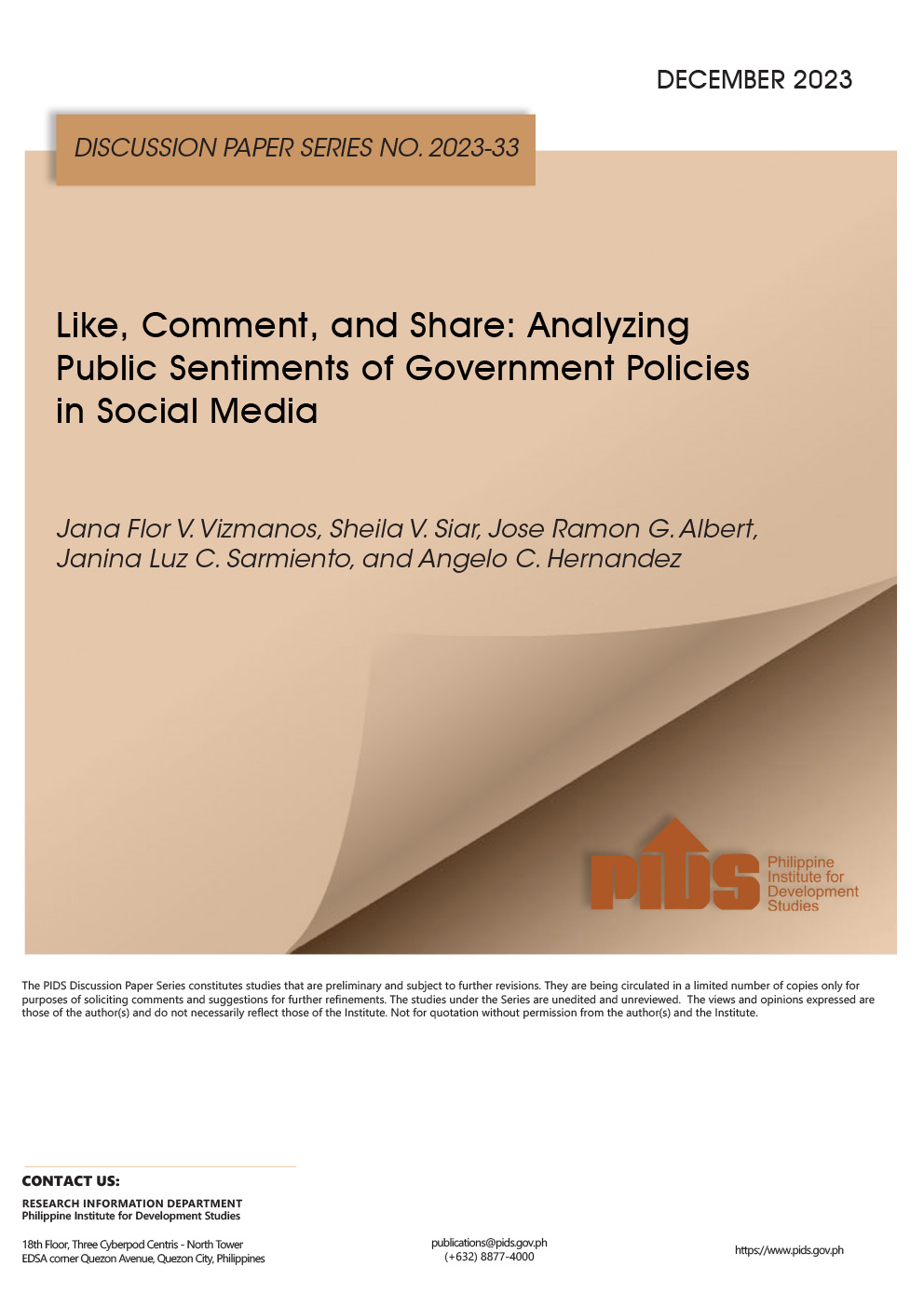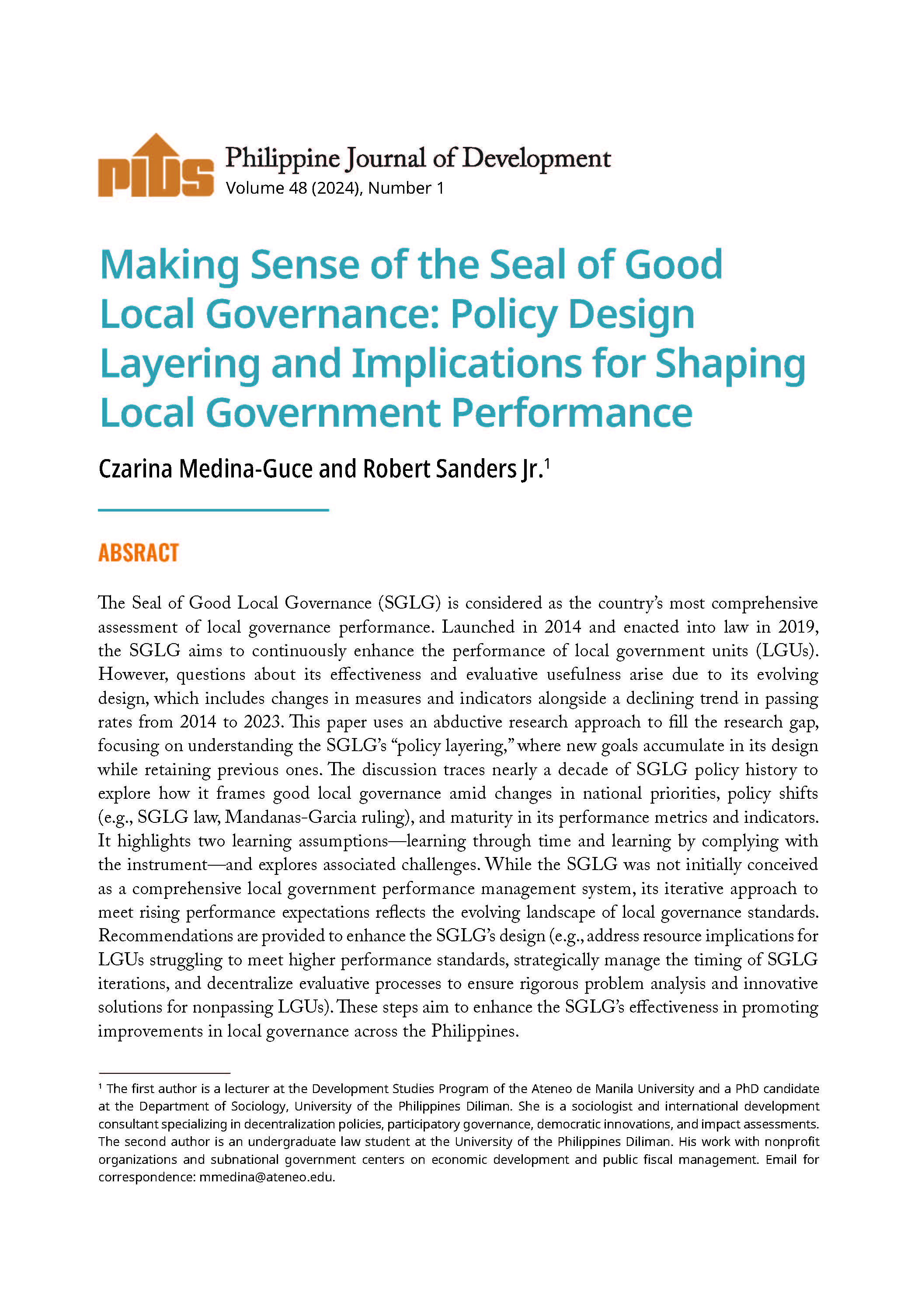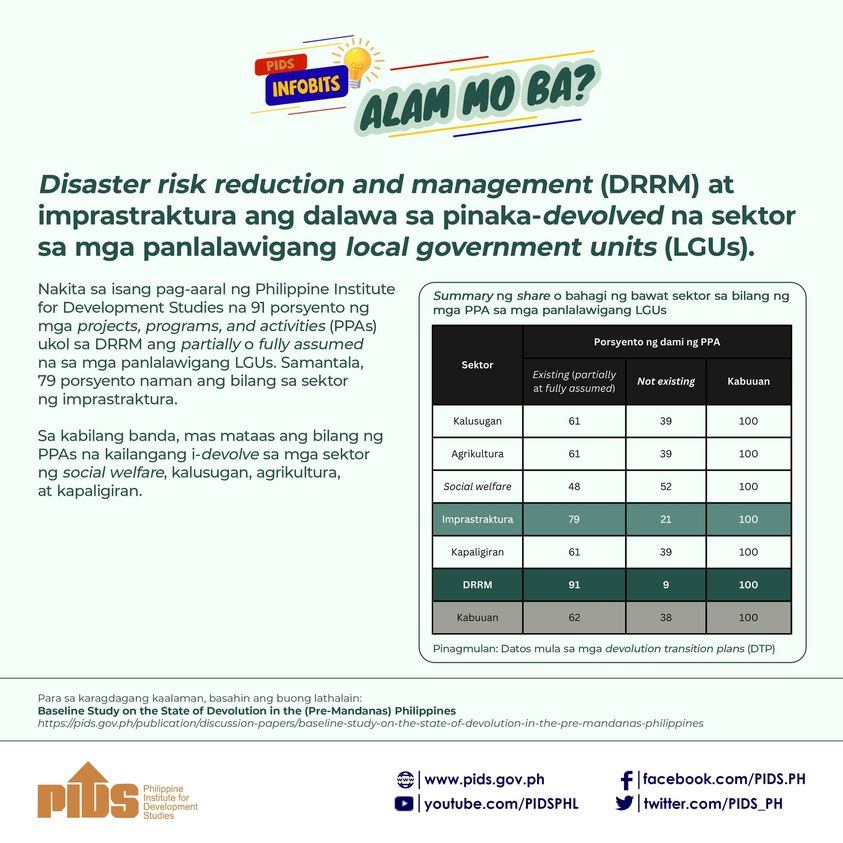THE Philippines is set to import 800,000 metric tons (MT) of rice this year to ease pressure from decreasing stocks and lower inflation rate.
This is beside the 200,000 MT as part of the emergency stock requirement last year, brought by Supertyphoon Yolanda.
In an interview, Agriculture Undersecretary Dante Delima said the National Food Authority (NFA) Council has already given the go ahead for the importation of the 0.8 million metric tons (MMT) of rice.
"The economic managers see it crucial that the volume should be imported to help stabilize prices and lower inflation rate,” Delima said.
A total of 1 MMT of rice will be allowed to enter the Philippines this year, the biggest volume authorized by the Aquino administration so far.
"Of the total volume to be imported this year, some 200,000 MT was part of the emergency stock requirement last year, while the 800,000 MT will be part of the new importation plan to be announced by the NFA within this month,” he said.
The NFA has yet to make an official announcement for this year’s importation, including the terms of the tender.
To recall, the country has allowed the importation of a record 2.4 MMT of rice in 2010, making it the bigest importer of rice at that time. This was reduced to 860,000 MT in 2011, and was further trimmed to down to 500,000 MT in 2012.
That year, Agriculture Secretary Proceso J. Alcala said the Department of Agriculture is looking into the possibility of doing away with rice imports in 2013 due to expectations of higher paddy-rice output for 2012.
However, the Philippines last year approved 205,700 MT of rice imports under the omnibus minimum access volume for rice, and an additional 500,000 MT of rice from Vietnam. The half-a-million metric tons of rice was meant to replenish the country’s buffer stock following spike in demand brought by Yolanda relief operations.
Last week Alcala said that any importation this year would be done under government-to-government deal.
Currently, only three countries, Cambodia, Thailand and Vietnam, have existing rice-purchase agreements with the Philippines.
With the massive volume needed to arrive before the start of the lean season, however, the NFA may need private-sector participation, because of the sheer amount of funds needed.
The country’s total rice stock inventory as of January 1 was pegged at 2.12 MMT, or 14.7 percent, lower than the previous month’s inventory of 2.49 MMT and 15.8 percent below the 2.52 MMT recorded in 2013.
During the period, stock levels in commercial warehouses and in the households decreased by 22.8 percent and 11.8 percent, respectively, compared with the December 1, 2013, rice-stock inventory. Stocks in NFA depositories, of which 43.8 percent were imported rice, dropped by 8.4 percent.
Year-on-year, stocks in the households, in commercial warehouses, and in NFA depositories declined by 3.2 percent, 6.2 percent, and 53.7 percent, respectively.
Earlier reports quoted National Economic and Development Authority (Neda) as saying that higher prices of rice helped push inflation up to 4.1 percent in February 2014, from 3.4 percent a year earlier, Neda Director General Arsenio Balisacan, however, said that supply outlook for rice in the coming months is "quite favorable,” suggesting that prices of the grain may drop down in the coming months.
The Neda has been pushing for the importation since the early part of 2013 to arrest the rising prices and prevent a possible shortage.
Delima, for his part however, said that they have agreed with the recommendation of the economic managers to import rice because of shortfall in rice self-sufficiency targets and the unusual withdrawal of rice stocks in typhoon-hit areas.
The Philippine Institute for Development Studies (PIDS) has said that every Philippine president has promised to achieve rice self-sufficiency within his or her term.
"Sadly, this promise has been repeatedly broken and unmet. The current [Aquino] administration, however, hopes to break the trend of broken vows and guarantees 100-percent rice self-sufficiency or zero imports starting 2013 through the Food Staples Sufficiency Program.”
But the PIDS said its study show that "the rice self-sufficiency target is unlikely to be achieved, whether in 2013 or even through the course of the decade to 2020.”
Government approves rice importation to stabilize prices












